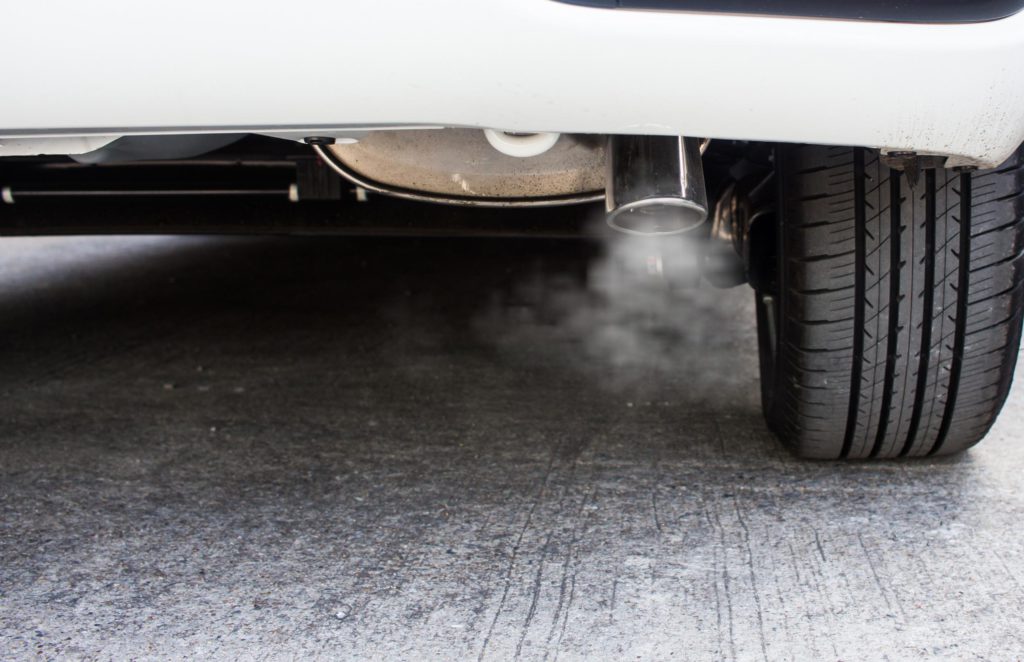ACEA reveals proposed CO2 reduction target for manufacturers to meet by 2030
13 September 2017

13 September 2017
With the European Commission set to reveal its proposal on post-2021 CO2 targets later this year, the European Automobile Manufacturers’ Association (ACEA) has laid out the industry’s pathway to future reductions at the IAA motor show in Frankfurt.
The association proposes a 20% CO2 reduction for passenger cars by 2030, compared to figures achieved in 2021. This target should be conditional on the real market uptake of electrically-chargeable vehicles and the availability of charging infrastructure for alternatively-powered vehicles – which are crucial to achieve any significant CO2 reductions beyond 2020 levels.
′This is a steep reduction,’ stated ACEA President, Dieter Zetsche. ′It is also in line with what is expected of other industry sectors, as well as the EU Climate and Energy Framework and the global Paris agreement.
′In our opinion, this conditionality principle links Europe’s long-term climate objectives to the reality of the market. Currently the reality is that the market uptake of electrically-chargeable vehicles is low – and this is not due to lack of availability and choice.’
The latest ACEA figures show that in the first half of 2017 electrically-chargeable vehicles made up 1.2% of total new car sales. Alternative powertrains will undoubtedly play an increasing role in the transport mix, and all ACEA’s members are investing heavily in them. However, equally important is that all EU member states start delivering on their commitments to step up investments in the necessary recharging and refuelling infrastructure, something which the UK and France are committed to doing after announcing bans on the sale of traditional combustion engines by 2040.
In the interim, modern diesel technology will continue to play an important role in the gradual transition to low-carbon vehicles. Zetsche adds: ′The latest generation of diesel vehicles is a very effective lever to achieve climate goals in the near future, because they emit 15-20% less CO2 than equivalent petrol vehicles. Our industry is committed to being part of the solution when it comes to decarbonising road transport, while at the same time reducing pollutant emissions.’
The plan comes as the new WLTP emissions test, which is set to be stricter and incorporate real world driving for the first time, comes into force. While new models are tested from 1st September 2017, every vehicle model sold must be put through the tough checks from September 2018.
However, the level of reduction suggested by ACEA does not match those which Germany has set as a target. The country is still reeling from the Dieselgate scandal that has pushed its automotive industry into recalling 5.3 million vehicles for software updates, with city bans as the potential consequences if action is not taken.
Environment minister Barbara Hendricks has said carmakers from Japan, China and the US had moved more swiftly to embrace new technologies such as electric cars and fuel cells, and the German industry risks being left behind. The uptake of new technology is crucial for the industry but could come too late for the country to meet its CO2 emission reduction target of 40%. Hendricks believes that Germany will only reduce this by 35-38% by 2020, compared to its benchmark of 1990 when East Germany was full of industrial plants.